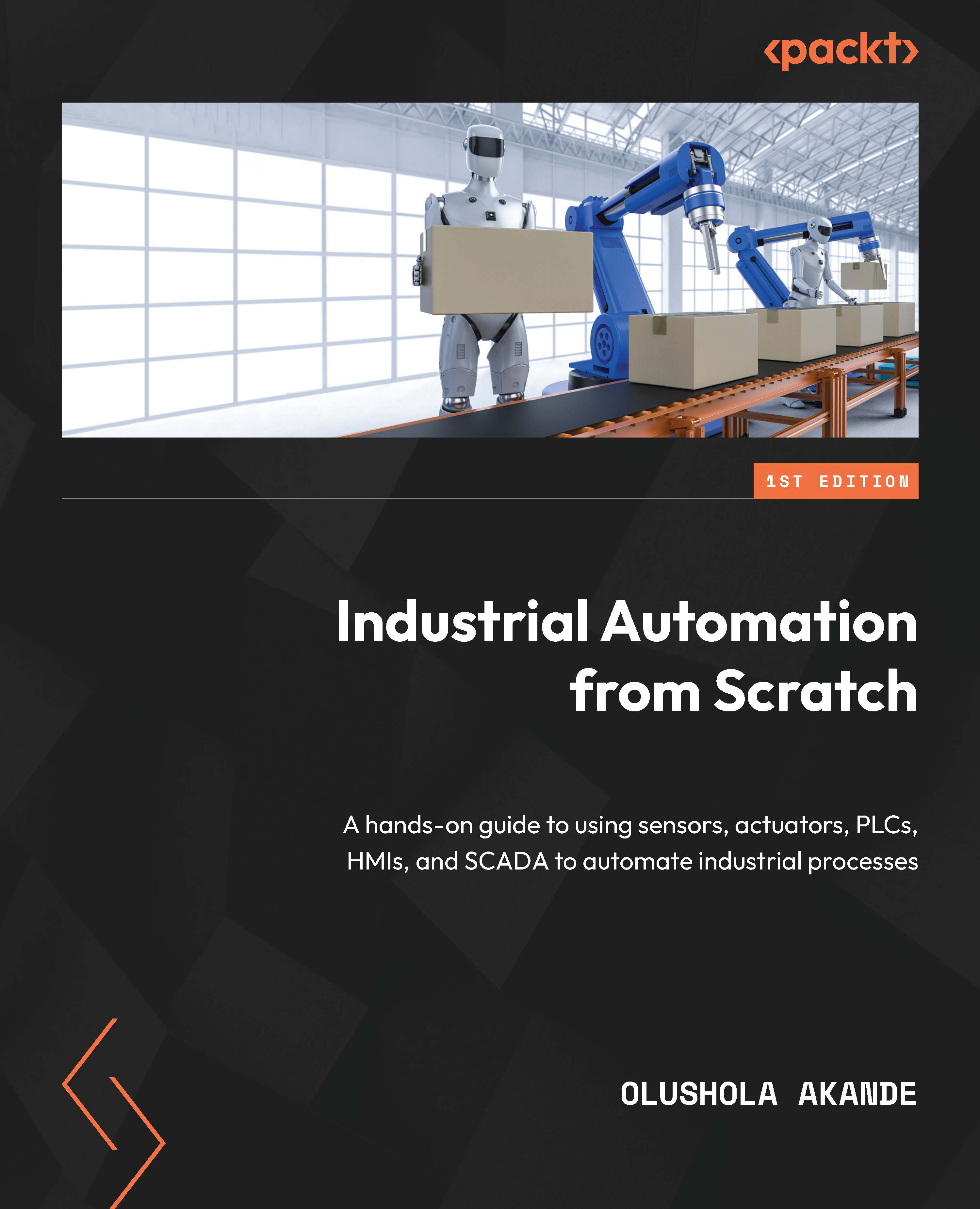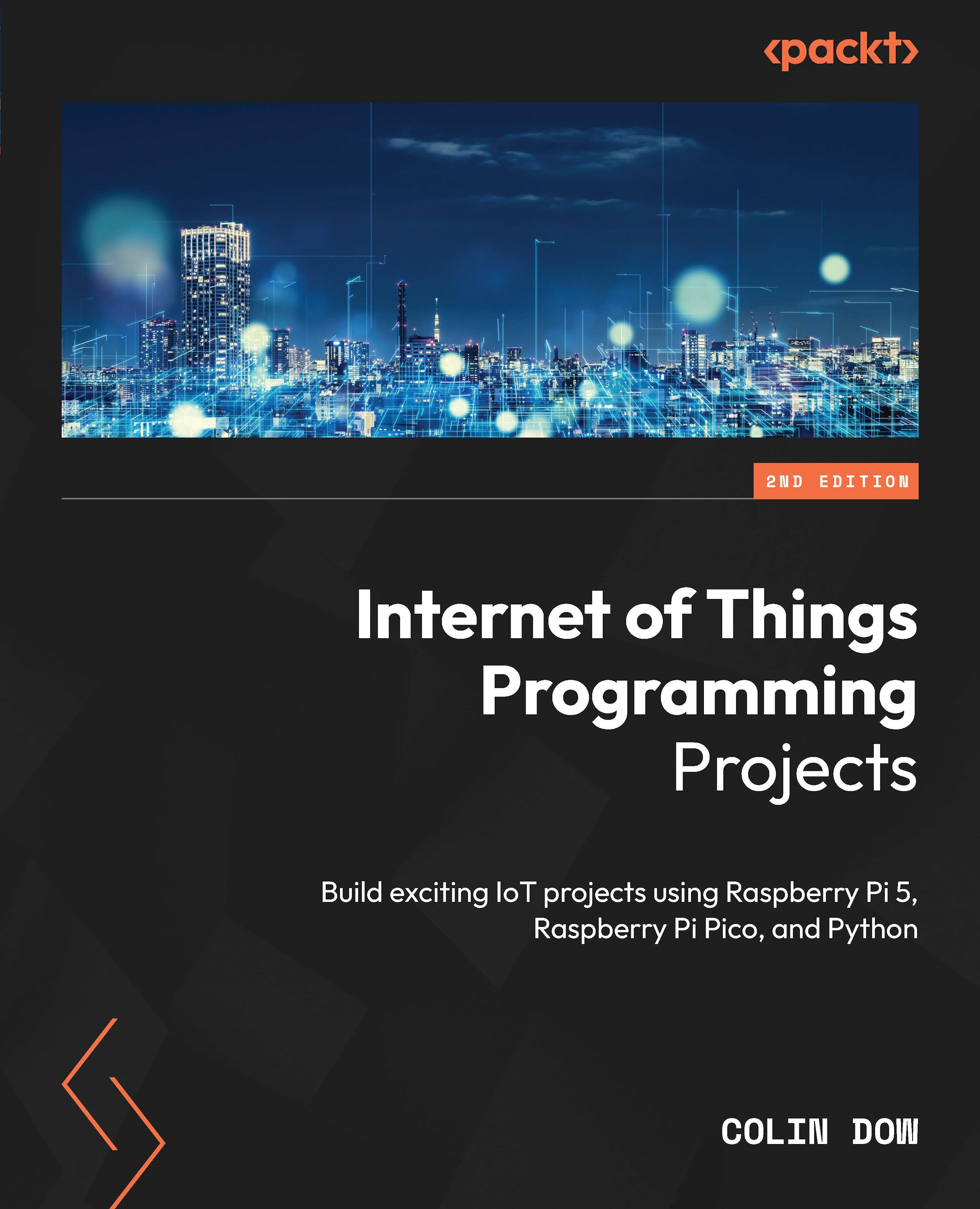Carlos R. Morrison was born in Kingston, Jamaica, West Indies. He received a B.S. (Hons) degree in physics with a mathematics minor in 1986 from Hofstra University, Hempstead, NY, and an M.S. degree in physics in 1989 from Polytechnic University, Brooklyn, NY. In 1989, he joined the NASA Glenn Research Center, Cleveland, OH, as a staff scientist in the solid-state physics branch and, in 1999, he transferred to the structures and dynamics branch. He has authored and coauthored several journal and technical articles associated with aerospace and electromagnetic devices. He holds several patents, including one on the Morrison Motor for which he won the 2004 R&D 100 Award, and software technologies used to control magnetic bearings. He is currently engaged in research associated with room temperature and superconducting reluctance motors, and Simulink Simulation of said motors. Mr. Morrison is a member of the American Physical Society and the National Technical Association.
Read more
 United States
United States
 Great Britain
Great Britain
 India
India
 Germany
Germany
 France
France
 Canada
Canada
 Russia
Russia
 Spain
Spain
 Brazil
Brazil
 Australia
Australia
 Singapore
Singapore
 Hungary
Hungary
 Ukraine
Ukraine
 Luxembourg
Luxembourg
 Estonia
Estonia
 Lithuania
Lithuania
 South Korea
South Korea
 Turkey
Turkey
 Switzerland
Switzerland
 Colombia
Colombia
 Taiwan
Taiwan
 Chile
Chile
 Norway
Norway
 Ecuador
Ecuador
 Indonesia
Indonesia
 New Zealand
New Zealand
 Cyprus
Cyprus
 Denmark
Denmark
 Finland
Finland
 Poland
Poland
 Malta
Malta
 Czechia
Czechia
 Austria
Austria
 Sweden
Sweden
 Italy
Italy
 Egypt
Egypt
 Belgium
Belgium
 Portugal
Portugal
 Slovenia
Slovenia
 Ireland
Ireland
 Romania
Romania
 Greece
Greece
 Argentina
Argentina
 Netherlands
Netherlands
 Bulgaria
Bulgaria
 Latvia
Latvia
 South Africa
South Africa
 Malaysia
Malaysia
 Japan
Japan
 Slovakia
Slovakia
 Philippines
Philippines
 Mexico
Mexico
 Thailand
Thailand















